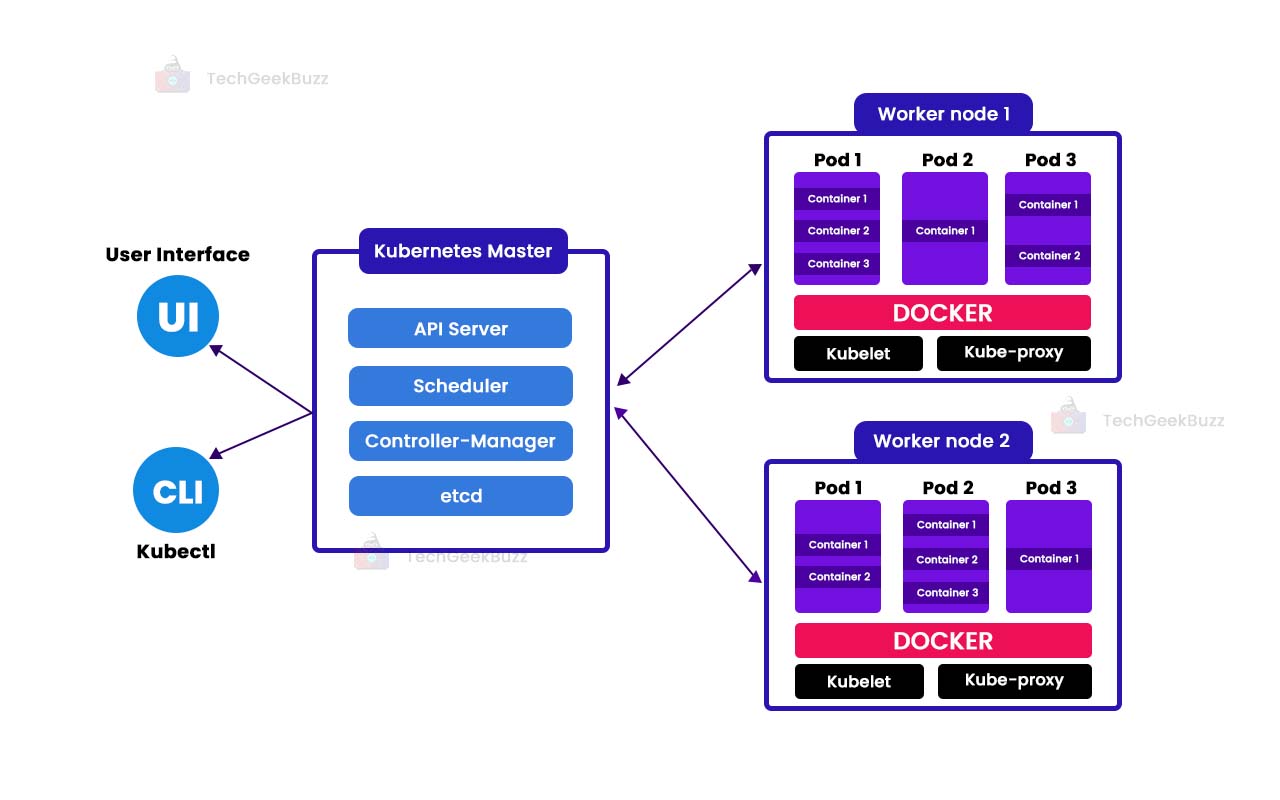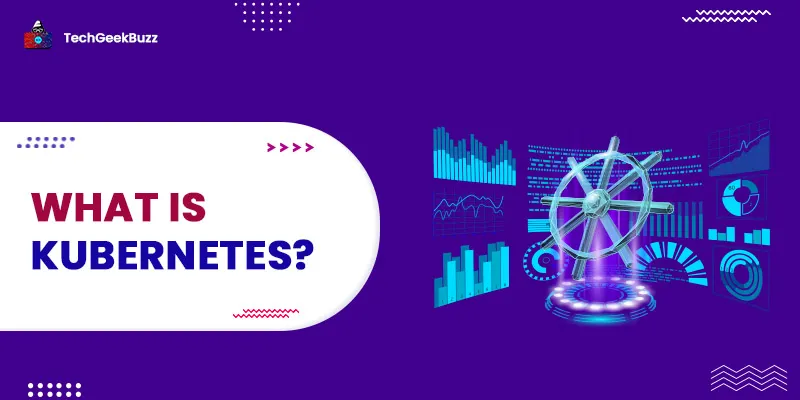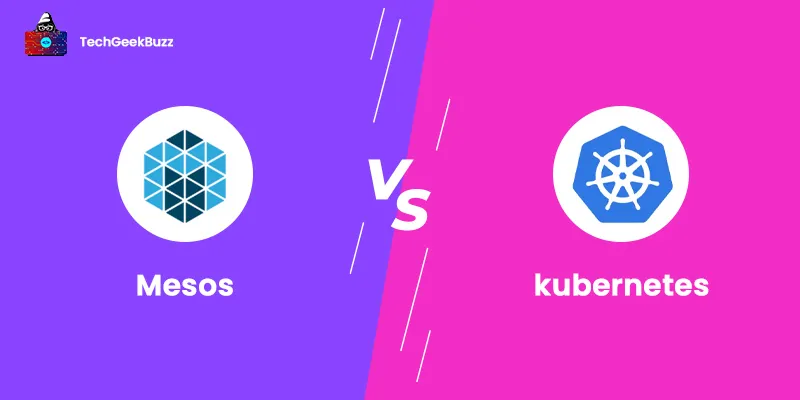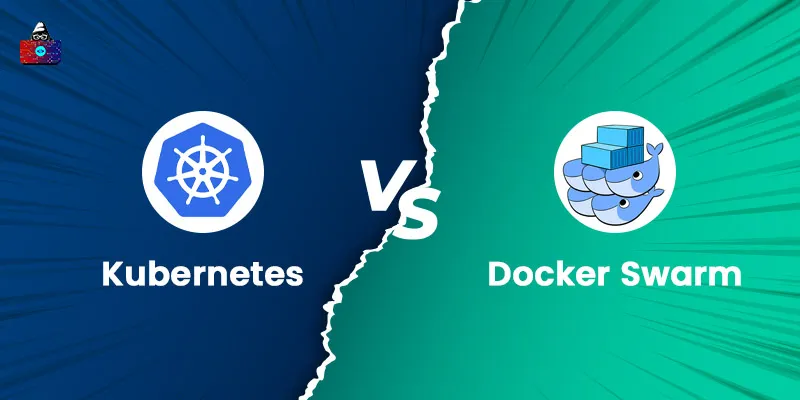It is an extensible, portable, and open-sourced platform to manage workloads and services that support both automation configurations. It has a vast and fast-growing ecosystem, and Kubernetes services, support, and tools are broadly available.
The word Kubernetes is a Greek that means a helper or pilot, and Google unveiled the Kubernetes project in 2014. Kubernetes combines more than 15 years of Google's product production experience with a measure of the best breeding ideas and techniques from a community.
What is Kubernetes?
Kubernetes was initially designed and developed by Google, and as we know that Google was one of the first contributors to the Linux container technology. They already spoke publicly on everything that works in Google regarding containers.
Google produces over two billion container shipments per week, all supported through its internal platform, Borg. A Borg is a precursor to Kubernetes and a lesson learned by developing the Borg over the last few years is that it became the essential characteristic behind Kubernetes' technology.
Kubernetes Architecture

Working of the Kubernetes
Kubernetes helps you for delivering and maintain containerized, legacy, as well as cloud-native applications. To meet the varying business requirements, the development team must be capable of immediately creating various applications as well as services. Native Cloud development begins with microservices in a container that allows quicker development so it can become more manageable for transforming and optimizing existing applications.
Production apps across multiple containers and these containers require to be used in various server hosts. Kubernetes provides you with management as well as arrangement capabilities needed for using containers, at scale, for the workloads. Kubernetes orchestration supports you in building application services that cross multiple containers, scale the containers, and maintain the health of containers with time.
Through Kubernetes, you can take practical steps via better IT security. It also requires combining with networking, security, telemetry, and different services to provide an extensive container infrastructure. When you scale these in a production environment with multiple uses, it is clear that you need numerous integrated containers that work together to deliver individual services.
Linux Containers give your microservices-based applications an excellent place for application deployment and content creation environments, and microservices in containers make it easy to schedule services, including storage, network communication, and security. This greatly increases the number of containers in your environment, and as those peaks accumulate, the complexity increases. Kubernetes solves many of the common problems with container depletion by organizing containers into “pots.”
Pods can add a layer of output to the collected containers, which helps you to organize workloads and provide the necessary services - such as network communication and storage - to those containers. Some parts of Kubernetes help you load loads on all these pods and make sure you have the right number of active containers to support your upload.
Capability of Kubernetes
The primary benefit of using Kubernetes in the environment is that you can optimize App Dev for the cloud. It helps you to have a platform for scheduling and running containers on groups of both physical as well as virtual machines (VMs). Apart from it, Kubernetes helps you to completely implement and depend on container-based support in the production environment. Developers can also build cloud-native apps with Kubernetes using the Kubernetes pattern.
You can do various things from Kubernetes, and they are:
- Compose containers in multiple hosts.
- Make better use of hardware to maximize the resources required to manage your enterprise apps.
- Automate control application deployment and updates.
- Fix and add storage for running stateful apps.
Kubernetes depends on various other projects to adequately offer these orchestrated services. With the inclusion of other open-source projects, you can fully grasp the power of Kubernetes. These essential pieces (among others) include:
- Through projects such as registry, atomic registry, or Docker registry
- Through projects such as networking, open switch, and Intelligent Edge routing
- Through projects such as telemetry, kibana, hackular and elastic
- Security with multi-tenancy layers such as LDAP, SELinux, RBAC and OAUTH
Containers are a great way to package and perform your systems. In the production environment, users are required to manage container-running applications and make sure there is no downtime. For example, if the container falls down, then another container should start. Of course, Kubernetes provides you with a framework for using sadly distributed systems. For example, Kubernetes can easily manage the canary deployment of your system. Kubernetes offers you the following:
Load balancing and service discovery
Kubernetes can display a container that utilizes a DNS name or handles its IP address. When the traffic to the container is massive, then Kubernetes can load the balance and distribute network traffic to keep the traffic stable.
Storage orchestration
Kubernetes lets you automate the storage system of your selection, like local storage and public cloud providers, etc.
Automatic removal and wrapping
You can define the required state of your installed containers using Kubernetes and can convert the actual state to the needed state at a commanded rate. For example, you can make Kubernetes more efficient to create new containers for your work, transfer existing containers, and receive all their resources in a new container.
Automatic bin packing
It provides Kubernetes with a set of environments where they can perform embedded tasks. Kubernetes can install containers on your nodes to optimize your resources.
Self-healing
It restarts container failures, replaces containers, kills containers that do not respond to your user-defined check, and does not advertise to customers until they are ready to operate.
Confidential Management and Preparation
Kubernetes helps you to store and manage sensitive information, like passwords, OAuth tokens, and SSH keys. You can submit and update the secrets and application configuration without restoring container images and without revealing the secrets to your stack configuration.
Supporting DevOps by Kubernetes
As we know that the development of modern applications needs various methods than the paths of the past. DevOps boosts up how the plan moves from development to deployment. DevOps depends upon automated regular operational tasks as well as standardized environments over the lifecycle of an application.
Containers also support the associated environment for the development, performance, and automation for making it simpler and moving apps in the testing, production environment, and development.
A significant outcome of implementing DevOps is a constant combination and constant deployment pipeline (CI/CD). It helps you for delivering apps to users frequently and verifies software property with minimum human interference.
Maintaining the lifecycle of any container through Kubernetes beside a DevOps program helps align software development and IT operations for supporting a CI/CD pipeline.
Conclusion
As we know that Kubernetes is an extensible, portable, and open-sourced platform to manage workloads and services that support both automation configurations. It has a vast and fast-growing ecosystem, and Kubernetes services, support, and tools are broadly available.
So In this article, we have provided complete information about Kubernetes. This article consists of complete details about this topic so that you can understand these topics without having issues.
People are also reading:
- Kubernetes vs Docker Swarm
- What is Docker?
- Docker Images vs Containers
- Lifecycle of Docker Containers
- Microservices Interview Questions
- Docker Interview Questions and Answers
- How to run an Nginx Web Server in Docker?
- What is AWS
- What is DevOps?
- DevOps Interview Questions and Answers
- Python Client Library API for Docker





Leave a Comment on this Post